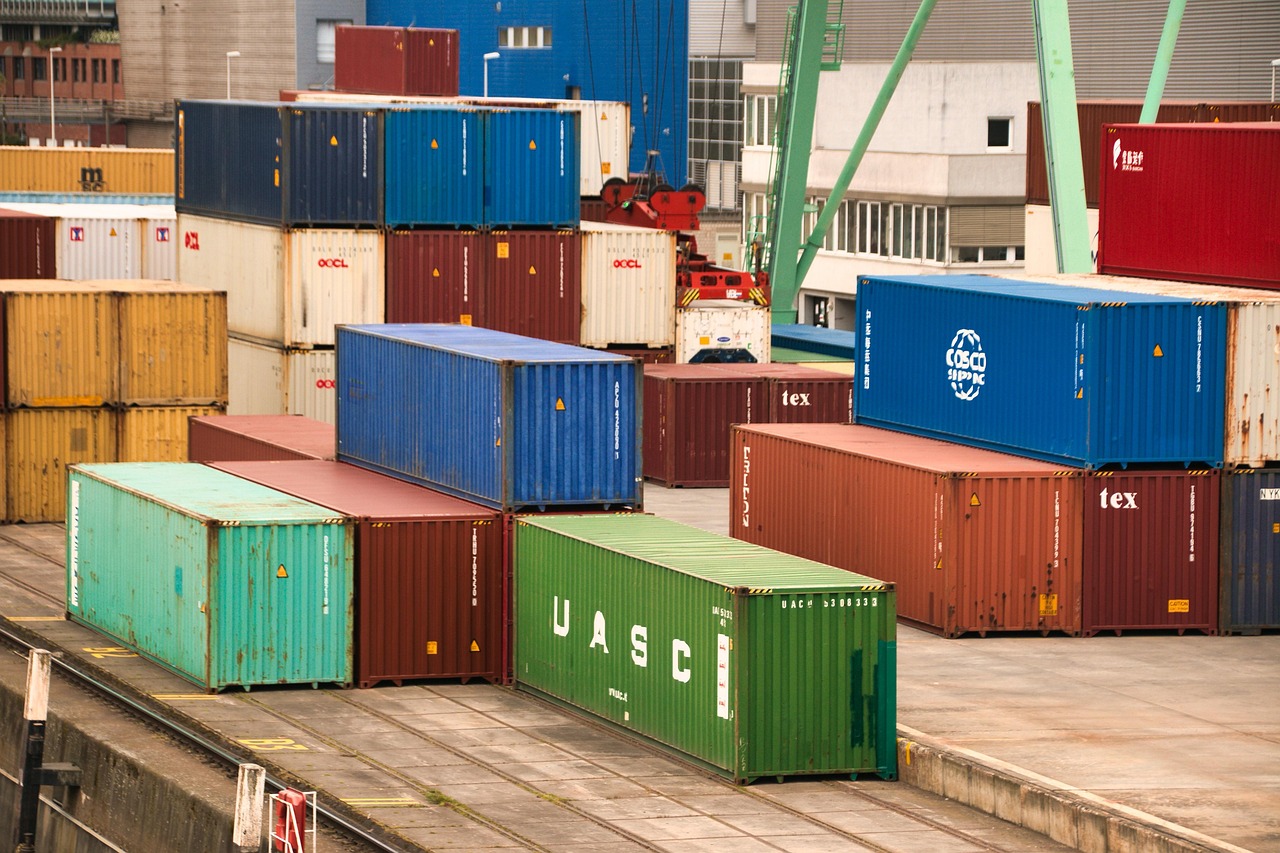
Introduction
## How Tariffs Are Reshaping Global Supply Chains. Tariffs imposed by the US government under President Donald Trump have forced companies worldwide to rethink and restructure their supply chains, often at significant cost and complexity. These trade barriers, especially on Chinese imports, have increased costs dramatically, compelling firms to relocate production to countries with lower tariffs such as Vietnam and India. The ongoing uncertainty around tariffs continues to impact strategic planning for businesses both large and small.
Impact Of Tariffs On US Import Costs
Learning Resources, an Illinois-based educational toy company, projected its import tax bill to rise from $2.5 million in 2024 to over $100 million in 2025 due to tariffs on Chinese goods reaching 145% at one point. Although tariffs are currently at 30%, this remains prohibitively expensive. The company has responded by shifting about 16% of its manufacturing to Vietnam and India, where tariffs are generally 10%, two-thirds lower than on China. This shift involves vetting factories, training staff, and managing supply chain logistics, all costly and time-consuming efforts.

Legal Challenges And Production Shifts
Despite a favorable ruling in May from a US District Court judge declaring the tariffs unlawful, the government appealed, meaning Learning Resources must continue paying tariffs while the legal battle proceeds. This uncertainty motivates companies to pursue supply chain diversification proactively rather than relying on legal outcomes. Switching production hubs is complex: it demands extensive research, quality testing, and knowledge transfer, which can erode already slim profit margins, according to supply chain expert Les Brand.

Tariffs Creating
Tariffs Creating Double Supply Chain Hits For Canadian Firms. Canadian companies face a dual tariff impact: 25% US tariffs on Canadian exports and reciprocal Canadian tariffs on American goods. Cluck Clucks, a Canadian fried chicken chain, must contend with tariffs on imported US kitchen equipment vital to its menu. Unable to source Canadian alternatives, the company has limited its menu to boneless chicken at new stores, as pressure fryers needed for bone-in chicken are now too costly. CEO Raza Hashim acknowledges that increased equipment costs may necessitate price hikes, signaling how tariffs translate into consumer expenses.

Global Exporters Facing Reduced US Market Access
European exporters like Spain’s Oro del Desierto face 10% tariffs on olive oil sent to the US, which are passed on to American consumers. With 8% of its production exported to the US, the company is considering reducing US shipments and focusing on other markets to offset tariff-driven losses. This diversification strategy highlights how tariffs can shift global trade flows, encouraging exporters to reallocate resources toward more tariff-friendly regions.
The Cost Of Rapid Tariff Implementation
Experts like Les Brand emphasize that the rapid and sweeping nature of tariff enforcement has exacerbated supply chain disruptions. Businesses require time to research new suppliers, test quality, and train personnel, processes made difficult by the speed of policy changes. A more measured approach could have reduced the operational strain on affected companies.

Planning For Future Trade Uncertainty
Business leaders like Rick Woldenberg advise making decisions based on current information rather than hoping for favorable outcomes. The evolving tariff landscape under President Donald Trump demands flexible, forward-looking supply chain strategies. Companies must invest in alternative manufacturing locations, legal recourse, and supply chain resilience to navigate ongoing uncertainties and protect long-term profitability.

Actionable Timeline For Adjusting Supply Chains
Within the next 6 to 12 months, companies should complete vetting of new factories and finalize production shifts away from high-tariff countries. Legal challenges may continue for 1 to 2 years, so parallel operational adjustments are critical. Meanwhile, firms must monitor tariff announcements closely, adapt pricing strategies to absorb or pass on increased costs, and explore emerging markets to mitigate risks. This proactive planning is essential for sustainable growth in a volatile global trade environment.
